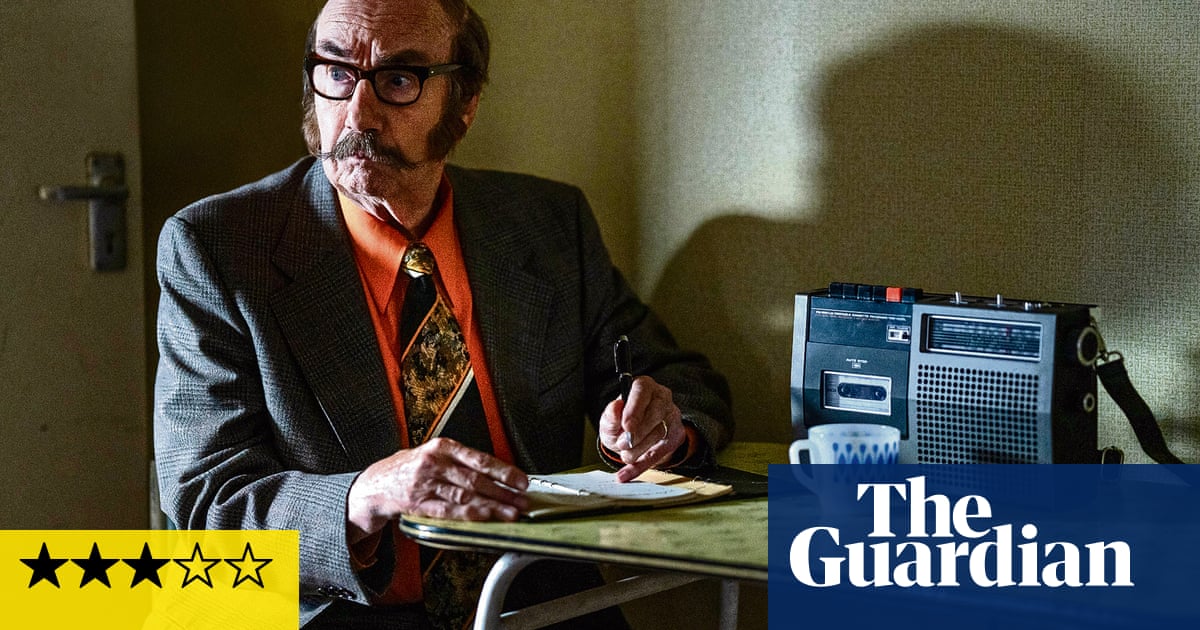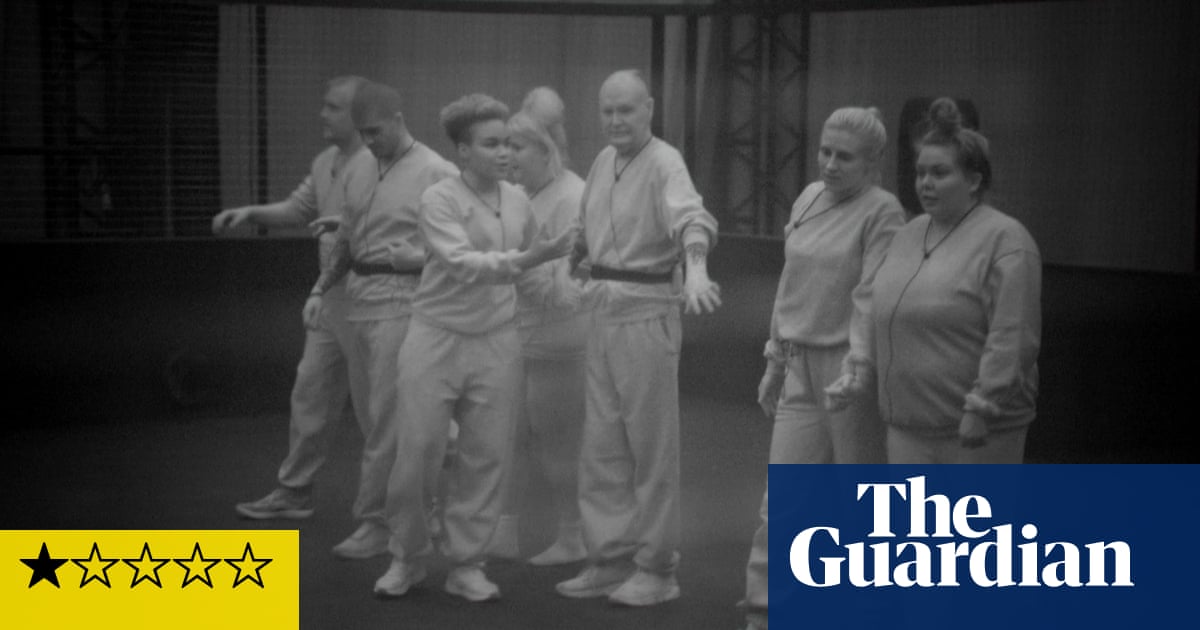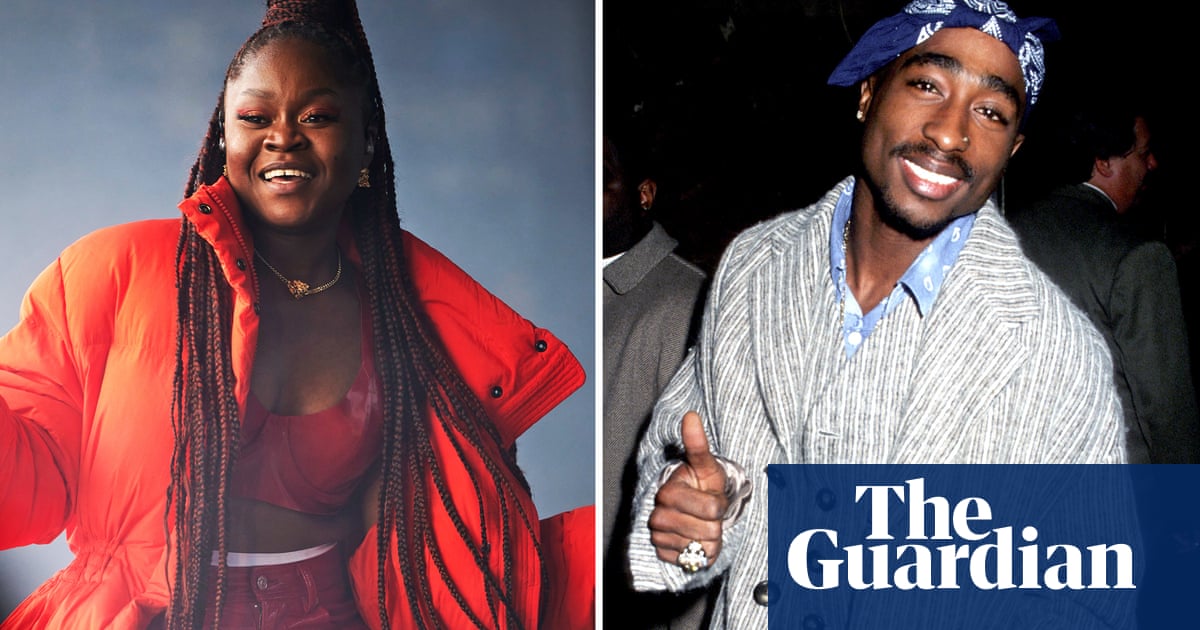
This 1970s case of paranormal activity was documented more extensively than any other ‘haunting’. Apple’s series reenacts events and asks questions – which fail to get below the surface
he best ghost stories are fascinating, whether or not you believe in ghosts. The Amityville Horror can be seen as a terrifying tale of bleeding walls and malevolent spectres or an equally scary cautionary story of a middle-class family’s destruction by capitalism – and the casual abuse of children. Is The Shining’s Overlook hotel haunted by evil spirits or the evils of addiction? Is The Turn of the Screw about a dastardly valet ghost or a turn-of-the-century rejection of modernity? The best straddle the paranormal and the societal – with ghouls and socio-political allegories dancing a spooky waltz through haunted houses, while the audience pick and choose whether class warfare or Satan is to blame.
That second layer isn’t quite there in this Apple TV+ offering. And if you don’t accept the poltergeist’s literal existence, there is not much else to get your teeth into. The four-part docudrama looks back at the infamous haunting of an unassuming north London family home in 1977. Only a few years after the global success of The Exorcist, the house became the centre of a media storm, with tabloids and investigators reporting on how single mother Peggy and her daughters, Margaret and Janet, were being terrorised by a poltergeist. The furniture-flinging ghost’s attempt to possess Janet has uncanny parallels with William Friedkin’s film, but in lieu of a priest, there was paranormal investigator Maurice Grosse, a kind and meticulous researcher who seemed to have breezed into the line of work. He died in 2006, but we hear him recall: “I called up the Society for Psychical Research and said: ‘If you get a good poltergeist case, let me have it.’ Then, one day, they phoned me up, but I had no idea when I walked into that house how long I’d be involved.”
The series uses Grosse’s original audio tapes, and actors recreate scenes that were documented over a two-year period. Creator Jerry Rothwell supplements these with archival footage and interviews from journalists, paranormal experts and the family.
There is an inordinate amount of information to get through – as Grosse once proudly told the BBC: “This may be the best case of the century, and as far as documentation goes, it might be the best case of all time.” Plus, there are dozens of agendas to wade through. The media wants a salacious story. The family want to help and to be seen as wholesome and honest. The paranormal investigators want to make a significant scientific breakthrough in their field.
As a result, unwavering respect is afforded to experts from the worlds of established science and the paranormal. A doctor who explains how to produce a ghostly voice using the frontal parts of the vocal cords is given as much weight as another explaining how poltergeists rarely bother a home for more than a few days. This evenhanded approach speaks to how sincerely held everyone’s beliefs were at the time. Rothwell’s work is dignified and occasionally breathes new life into a case that has been pored over by haunted house enthusiasts for nearly 50 years.
The series does, however, make the same mistake that the original investigators did, and gives puzzlingly little weight to the experience of the young girls at its centre. The now adult Margaret and Janet crop up so late in the programme that I long assumed they had refused to participate. When they finally appear, they tell of being bullied at school and the toll of spending years in a supposedly haunted house surrounded by investigators and bulky recording devices. They explain how the situation was made worse by newspapers calling them liars – and the continued pressure to deliver evidence that the spirit world exists.
When revisiting well-documented recent history there’s a chance to use the modern lens to understand events better. Here, the reluctance to take any of what we now understand about mental health, confirmation bias or the pressures of young womanhood and how that trauma continues to shape their lives as adults leaves the series feeling shallow.
With such intimate access to the people and material, the lack of interest in what lay beneath the surface is disappointing. The Enfield Poltergeist hints that what appears to be supernatural could be an all‑too-natural manifestation of the emotional turmoil that was happening in that house. If you don’t already believe in ghosts, it is unlikely to haunt you.












